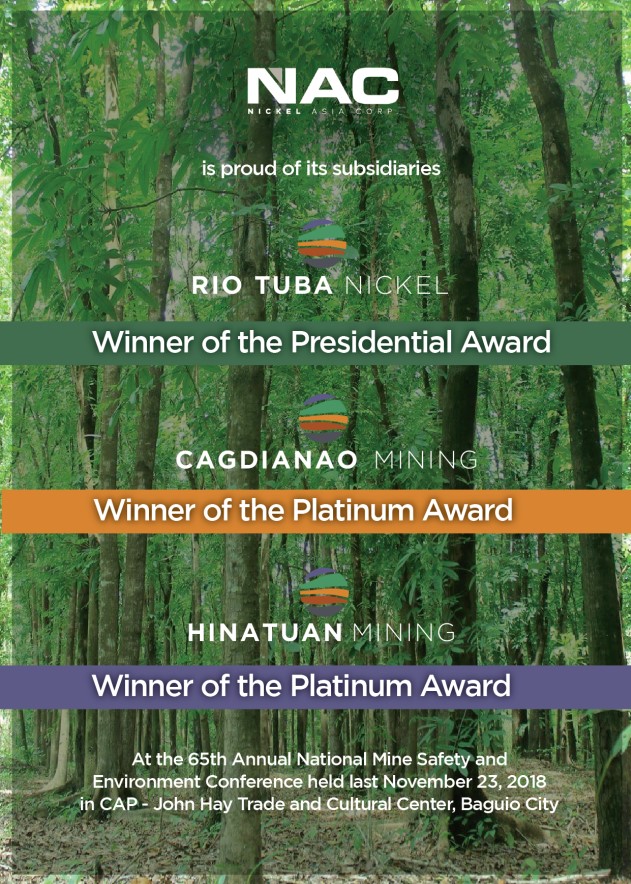A summit for flood solutions
By Leonardo Micua
WE heard that Dagupan City is hosting a Flood Summit this month to tackle the problem that has long been tormenting its people—flooding. This is one summit we should not miss.
Believing that the solution to Dagupan’s frequent flooding lies in engineering and science, the organizers are inviting officials from the Department of Public Works and Highways (DPWH), state weather agency PAGASA, other concerned government agencies, the Philippine Institute of Civil Engineers, the United Architects of the Philippines, and the academe, civil society, among other sectors.
Their task is to share insights on how to minimize, if not completely stop, flooding in the city that has become the catch basin of all runoff water from the Cordillera mountains.
Hopefully, this gathering will finally shed light on why Dagupan constantly gets underwater whenever prolonged monsoon rains occur. We expect not just explanations, but also short-term and long-term solutions.
We should know by then what kind of infrastructure, and of what quality, is needed. Of course, the cost of putting these up would be astronomical—something that can be done not just in one to two years, even with the combined efforts of the national and city governments.
From as far back as we can remember, the national government has not been remiss in providing flood control projects at the Sinocalan River. But the sad truth is, these projects have not been enough.
The real culprit, in fact, is the Sinocalan River itself. It has become shallow and degraded, its banks eroded, and its carrying capacity drastically reduced. Thus, every time a big volume of water from the mountains comes rushing downstream, it easily overflows.
To make matters worse, the lower stretch of the Sinocalan River in Dagupan has become narrow because, over the years, owners of adjacent properties have illegally extended their domains over portions of the rivers. This constriction of the waterway makes overflowing inevitable, drowning communities again and again.
The DPWH, which has control over the river, needs to make a spot check on those who have illegally annexed portions of the water using an old map of the river that defines its boundaries, so the areas encroached upon can be recovered.
Let’s give the coming Flood Summit a chance. Perhaps, just perhaps, it will finally pinpoint how we can better address Dagupan’s most persistent and destructive problem.
* * * *
One of our photographers, Butch Uka, is standing pat to the truthfulness of his photo that appeared in The PUNCH, indicating that construction of the Calmay Bridge has stopped since two weeks ago, presumably due to lack of funds.
Since pictures do not lie, Butch took another photo of the project site on October 1, and found that there was only a security guard watching the project site to prevent the materials that were still there from being stolen.
I believe that if the work has indeed stopped, this was not the fault of the contractor of the DPWH. It is the fault of the higher echelon of the DPWH, which I think is first exercising due diligence in releasing funds for all current and future projects of the agency, in view of the current probe on the flood control mess nationwide.
Hopefully, since there is nothing irregular in the construction of the Calmay Bridge, the budget due the project under the 2025 General Appropriations Act could be released at the soonest possible time.
Everybody in Dagupan is looking forward for the completion of the bridge before President Ferdinand Marcos Jr. bows out of office in 2028.
This will be the biggest legacy of former Fourth District Rep. Christopher de Venecia, who initiated the project during the 19th Congress.
* * * *
How true is the report that another 333 trees lining the Baywalk from Lingayen to Binmaley, fronting the Lingayen Gulf, have been marked for cutting through another permit granted by the Department of Environment and Natural Resources?
Their ‘death sentence’ could be seen on a board nailed to one of these trees, easily noticeable to anyone strolling there.
These 333 trees that are about to be killed are in addition to the 192 trees in front and around the Capitol that are slowly being chain-sawed at night to give way to the Capitol Re-Development Program of Gov. Ramon Guico III.
Some officials of Pangasinan seem to hate trees and want all of them to be replaced with steel and concrete in the name of ‘redevelopment’.






